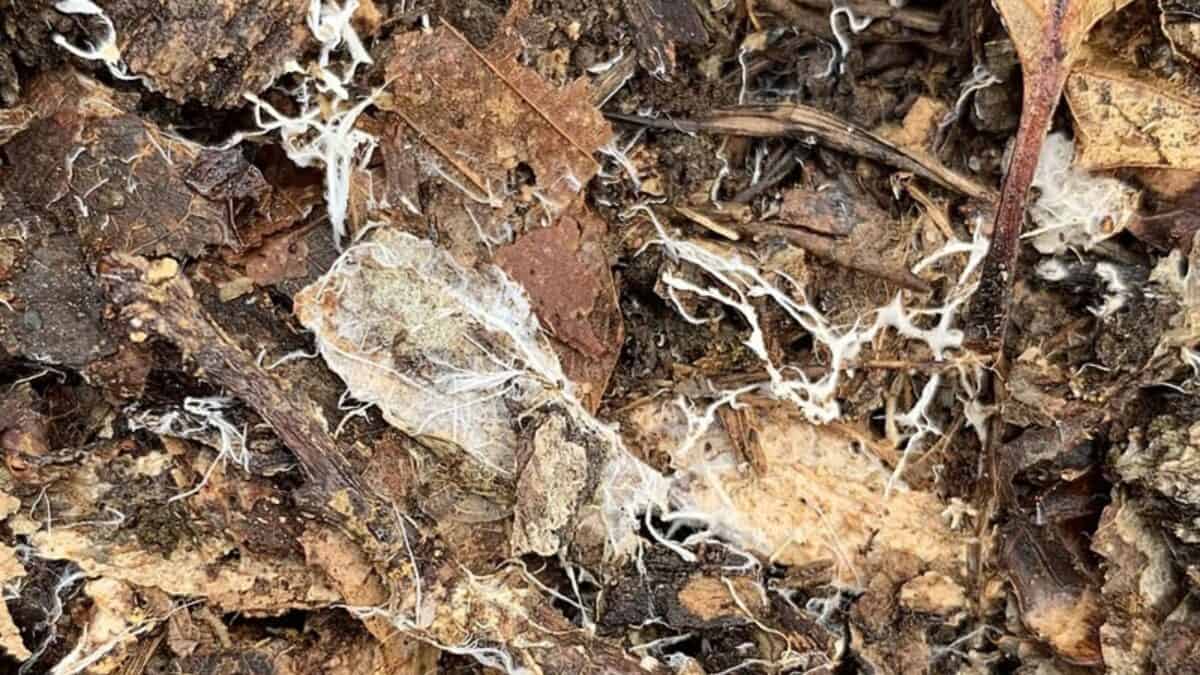In the seemingly silent world of forests, a remarkable conversation is taking place. Trees, often perceived as solitary and silent organisms, are actually engaged in complex communication networks that span entire woodlands. While they don’t speak in words or send text messages, trees have developed sophisticated methods to share information, resources, and even warnings with neighboring trees. This phenomenon, once dismissed as fantasy, has been confirmed by rigorous scientific research over the past few decades. The discovery that trees communicate has revolutionized our understanding of forest ecosystems and challenged our perception of plant intelligence. Let’s explore the fascinating world of tree communication and the intricate networks that connect forest communities.
The Wood Wide Web
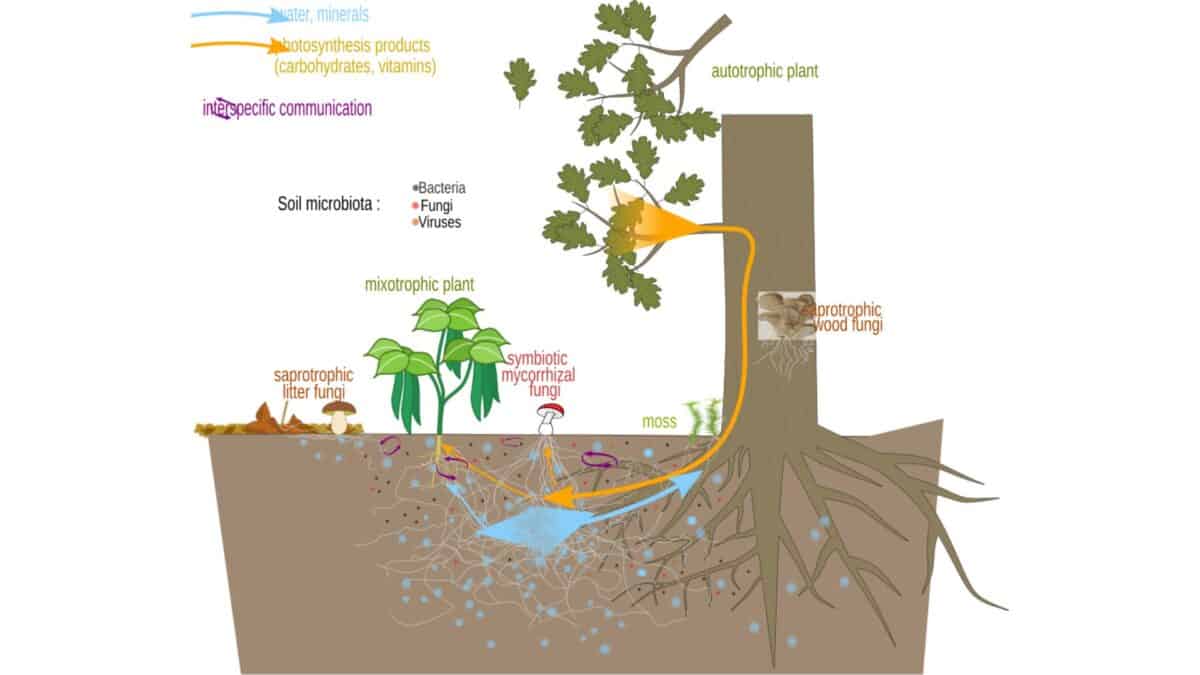
At the heart of tree communication is what scientists have dubbed the “Wood Wide Web” – an underground network of fungal connections that link trees together. These fungal networks, known as mycorrhizal fungi, form symbiotic relationships with tree roots. The fungi provide trees with nutrients like phosphorus and nitrogen, while the trees supply the fungi with carbohydrates. But these connections serve another crucial purpose: they act as communication channels. Through this fungal internet, trees can send chemical signals, nutrients, and even carbon to one another. The network is so vast and complex that it connects virtually every tree in a forest, creating a community that shares information and resources across species and generations. This underground information superhighway enables trees to function not as individuals, but as members of a cooperative ecosystem.
Chemical Conversations

Trees communicate through an intricate language of chemicals. When a tree is under attack from insects or pathogens, it releases specific volatile organic compounds (VOCs) into the air. These airborne chemical signals can be detected by neighboring trees, which then boost their own defenses in anticipation of the coming threat. For example, when African acacia trees are browsed upon by giraffes, they increase the tannin content in their leaves, making them unpalatable, and simultaneously release ethylene gas. This gas serves as a warning to nearby acacias, which then also increase their tannin production. This form of communication doesn’t require physical connection; it travels through the air like an invisible warning system. Some trees can even tailor their chemical messages to attract specific predators that will attack the insects feeding on their leaves, effectively calling for backup in their time of need.
Mother Trees and Their Offspring
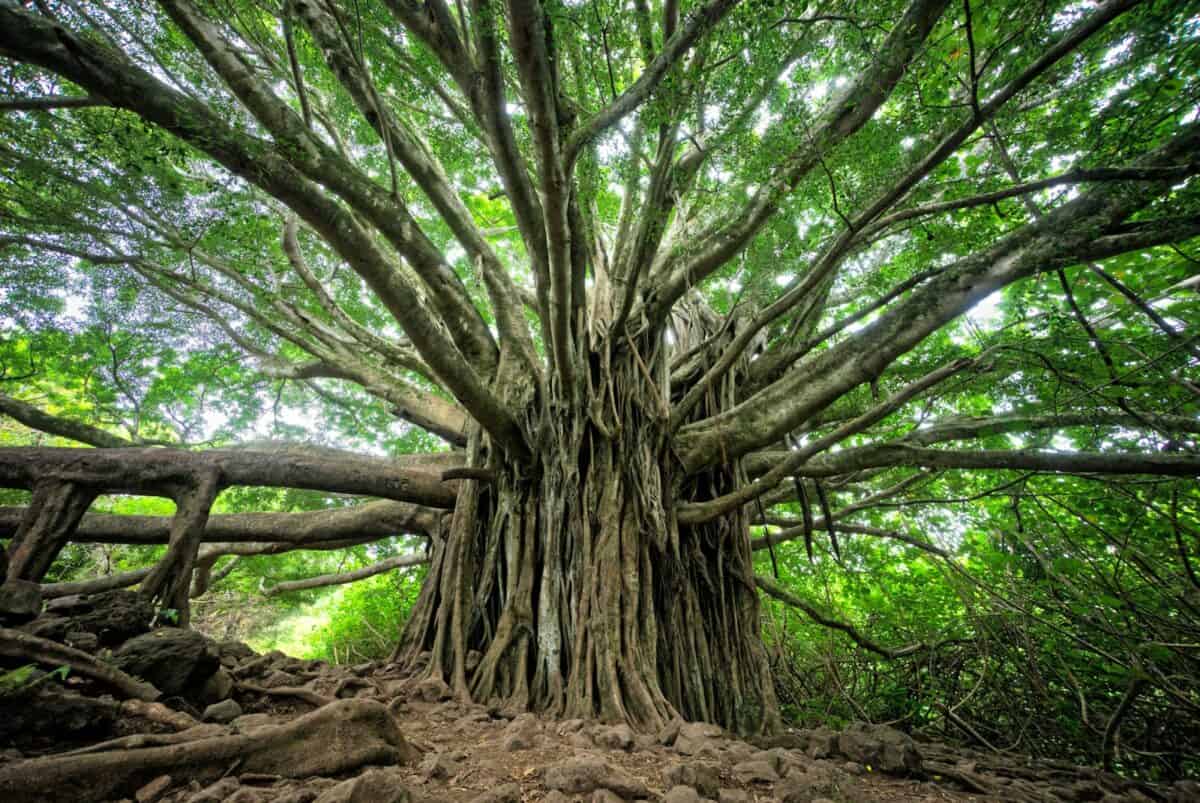
One of the most remarkable aspects of tree communication involves what forest ecologist Suzanne Simard calls “mother trees.” These are the oldest, largest trees in a forest with the most extensive root systems and fungal connections. Research has shown that these mother trees recognize and favor their own seedlings, directing more resources to them through the mycorrhizal network. They send carbon, water, and nutrients to young trees, particularly when the saplings are growing in shaded areas with limited access to sunlight. When mother trees are dying, they appear to increase the flow of carbon to seedlings, essentially passing on their resources to the next generation. This preferential treatment of kin demonstrates a form of parental care previously thought to exist only in animals, challenging our understanding of plant behavior and suggesting a kind of forest family structure.
Electrical Signals

Beyond chemical signaling, trees also communicate through electrical impulses. Similar to the way neurons fire in our brains, trees can transmit electrical signals through their tissues. When one part of a tree is damaged, it sends electrical signals to other parts of the plant, triggering defensive responses. These electrical signals travel at a rate of about one centimeter per second – glacially slow compared to animal nervous systems but remarkably efficient for plants. Research has shown that these electrical signals can even jump from one tree to another when their roots are in contact, creating a rudimentary nervous system that spans multiple organisms. Some scientists believe these electrical signals may be a more primitive form of communication than chemical messaging, possibly representing one of the earliest ways multicellular organisms coordinated responses to their environment.
Resource Sharing

Trees don’t just share information; they also share resources in ways that challenge our understanding of natural selection. Through their mycorrhizal networks, trees exchange carbon, water, and nutrients, often to the benefit of weaker members of the community. Studies have documented carbon being transferred from older, larger trees to smaller, younger ones, especially when the younger trees are struggling during times of stress. This resource sharing appears to be strategic rather than random, with trees diverting resources to where they’re most needed in the forest community. This cooperative behaviour has led some researchers to suggest that natural selection may operate not just at the individual level but at the community level in forests, with the health of the ecosystem as a whole influencing the survival of its members. Such altruistic behaviour challenges traditional views of competition as the primary driver in nature.
Seasonal Communication

Tree communication patterns change with the seasons, reflecting the different challenges trees face throughout the year. During spring growth, trees exchange information about environmental conditions and resource availability, helping the community optimize its growth patterns. In fall, deciduous trees appear to coordinate their leaf drop through chemical signals, creating the synchronized color changes we associate with autumn. Winter brings different communication challenges, with trees in dormant states maintaining minimal but crucial connections. Research suggests that trees may even share information about climate changes and shifting seasons, allowing forest communities to adapt collectively to environmental shifts. This temporal dimension of tree communication highlights the sophisticated ways in which forests coordinate their activities across time, not just space.
Interspecies Dialogue
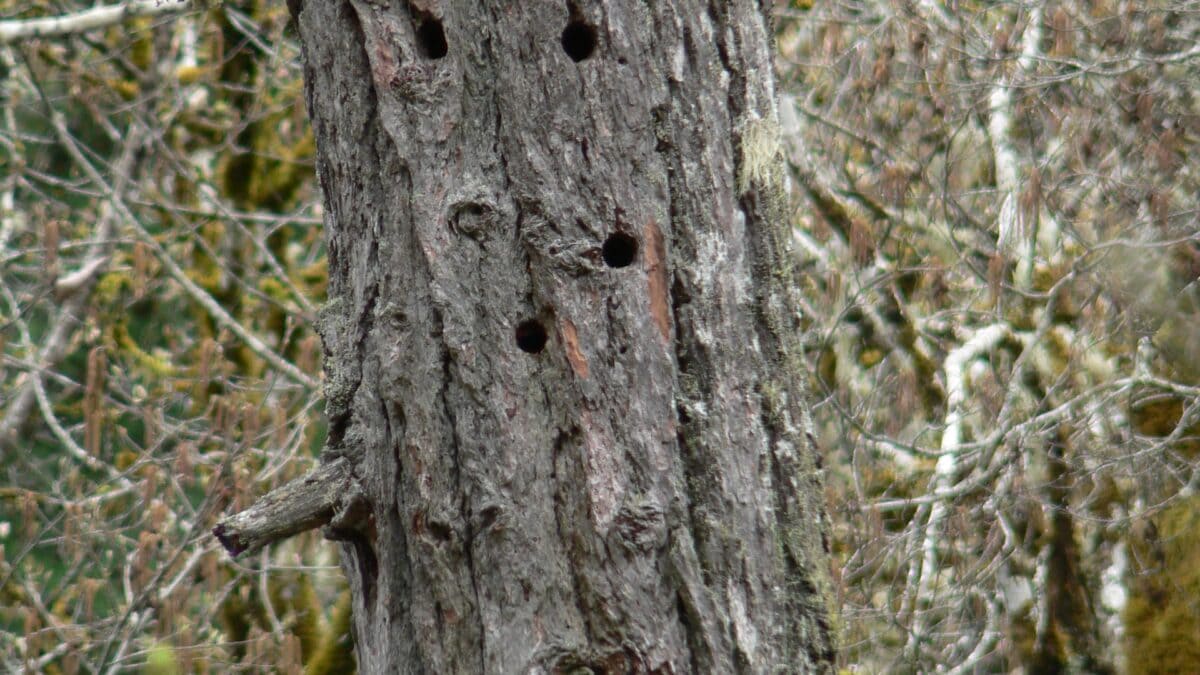
Perhaps most surprising is the evidence that trees communicate not just with members of their own species but across species boundaries. Different tree species can warn each other about threats and share resources through common mycorrhizal networks. For example, Douglas fir and paper birch trees have been observed sharing carbon based on seasonal needs – birches send carbon to firs in spring when they leaf out first, and firs return the favor in fall when they’re still photosynthesizing after birches have dropped their leaves. This interspecies cooperation suggests a level of forest integration far beyond what scientists previously imagined. Even more remarkable, trees also communicate with other organisms in the ecosystem, including fungi, bacteria, and even certain insects, creating a multi-kingdom conversation that helps maintain ecological balance.
Distress Signals
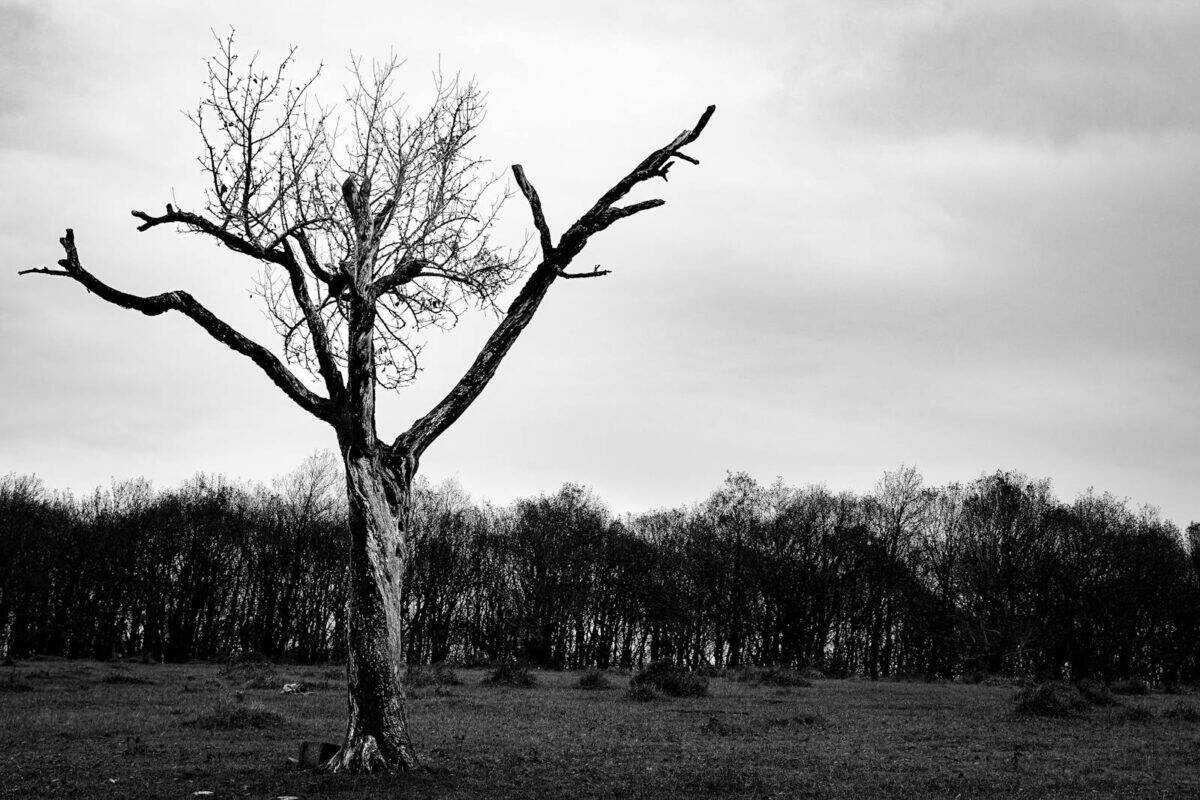
When trees are damaged or dying, they send out distress signals through the mycorrhizal network. These signals can trigger neighboring trees to divert resources to the struggling tree or to strengthen their own defenses. In some cases, dying trees appear to dump their resources into the network, benefiting the surrounding community in a final act that some researchers have likened to legacy-leaving. One fascinating study documented how trees that were manually girdled (had a strip of bark removed around their circumference) transferred carbon to neighboring trees before dying, suggesting a kind of ecological will. These distress communications help maintain the resilience of the forest as a whole, allowing the community to respond to threats and adjust to the loss of individual members in ways that preserve overall ecosystem function.
Defensive Coordination
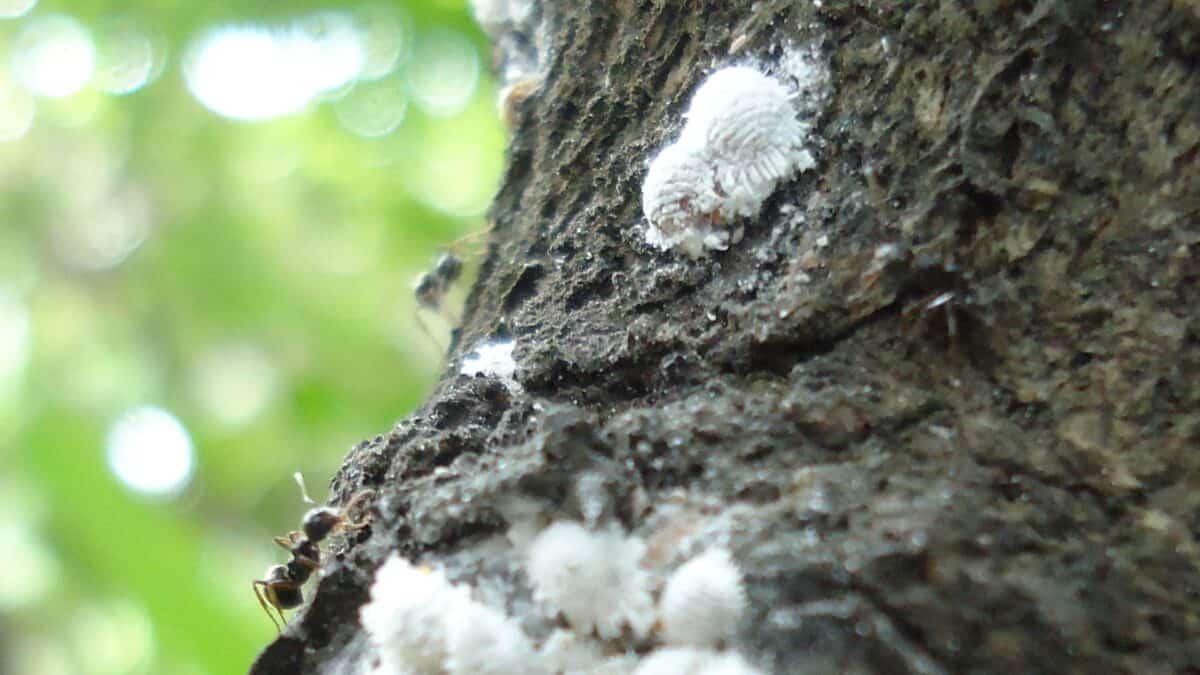
Tree communication plays a crucial role in coordinated defence against threats. When one tree detects an insect attack, it can warn its neighbours through both airborne chemicals and underground fungal networks. The receiving trees then have time to produce defensive compounds like tannins, phenols, and terpenoids that make their tissues less palatable or even toxic to insects. This early warning system gives trees that haven’t yet been attacked a crucial head start in their defensive preparations. Research on Douglas firs has shown that trees connected through mycorrhizal networks have better survival rates when faced with budworm outbreaks than isolated trees, demonstrating the tangible survival advantage of being connected to the communication network. This defensive coordination represents one of the clearest examples of how communication translates into concrete survival benefits for forest communities.
Human Impact on Tree Communication

Human forest management practices can significantly impact tree communication networks. Clear-cutting destroys not just the trees but the intricate fungal networks beneath the soil that facilitate communication. Even selective logging can damage these networks if too many hub trees – those highly connected individuals that serve as communication centers – are removed. Research suggests that leaving mother trees and maintaining diversity in managed forests can help preserve communication networks. Some innovative forestry practices now include mapping mycorrhizal networks and preserving key communicative nodes when harvesting timber. As our understanding of forest communication grows, there’s increasing pressure to develop forestry practices that work with, rather than against, these natural information systems – preserving not just the trees themselves but the invisible connections that bind them together.
Evidence and Scientific Controversy

While the evidence for tree communication is substantial, the field is not without scientific controversy. Some researchers caution against anthropomorphising trees or overstating the intentionality behind their communication. They argue that much of what appears to be deliberate sharing might be explained by simpler mechanisms of resource diffusion or evolutionary adaptations without conscious intent. The debate centers not on whether trees exchange information and resources – this is well-established – but on how to interpret these exchanges. Are trees simply responding to environmental stimuli in ways that evolution has selected for, or is there something more like decision-making involved? This ongoing scientific discussion highlights the challenges of studying communication in organisms so different from ourselves, with timescales and mechanisms that operate beyond direct human observation.
Implications for Forest Conservation

Understanding tree communication has profound implications for forest conservation and management. If forests function as interconnected communities rather than collections of individual trees, conservation efforts need to preserve not just tree specimens but entire communication networks. This means protecting the soil ecosystem, maintaining diversity of tree species and ages, and ensuring forests are large enough to sustain robust communication networks. It also suggests that fragmented forests may function differently than contiguous ones, as communication across gaps may be limited. Some conservationists now advocate for “cultural conservation” of forests – preserving not just the physical trees but the relationships and information exchange between them. This paradigm shift from seeing forests as timber resources to viewing them as communicative communities may be essential for effective forest preservation in the face of climate change and increased human pressure on woodland ecosystems.
The Future of Forest Communication Research

The study of tree communication is still in its relative infancy, with many exciting directions for future research. New technologies are allowing scientists to map mycorrhizal networks with greater precision, monitor chemical signaling in real-time, and even “eavesdrop” on electrical signals passing between trees. Some researchers are investigating whether trees might communicate through sound – with recent studies detecting ultrasonic clicks in tree trunks that change under drought conditions. Others are exploring how tree communication networks might help forests adapt to climate change, potentially allowing for faster adaptation than genetic evolution alone would permit. As our understanding grows, so does our appreciation for the complexity of forest ecosystems and the sophisticated ways in which trees navigate their world. The trees that have stood silently around us for centuries are now revealing themselves to be communicative beings engaged in constant conversation with their environment – a revelation that may fundamentally change our relationship with forests.
The discovery that trees communicate represents one of the most profound shifts in our understanding of forest ecosystems in recent decades. What once appeared to be collections of individual organisms competing for resources now reveal themselves as interconnected communities sharing information and support through invisible networks. This recognition challenges us to reconsider our relationship with forests, seeing them not as passive resources but as dynamic, communicative systems with their own forms of intelligence and sociality. As we face unprecedented environmental challenges, the wisdom embedded in forest communication networks may offer valuable lessons about resilience, cooperation, and sustainable existence. Perhaps by learning to listen to the conversations of trees, we might discover new ways of living in balance with the natural world that has sustained us throughout human history.
- How These Tiny Fish Outsmart the Ocean’s Deadliest Predators - August 22, 2025
- Do Cats Actually Miss You When You’re Gone? - August 22, 2025
- The Science Behind Bird Migration and How You Can Help - August 22, 2025

